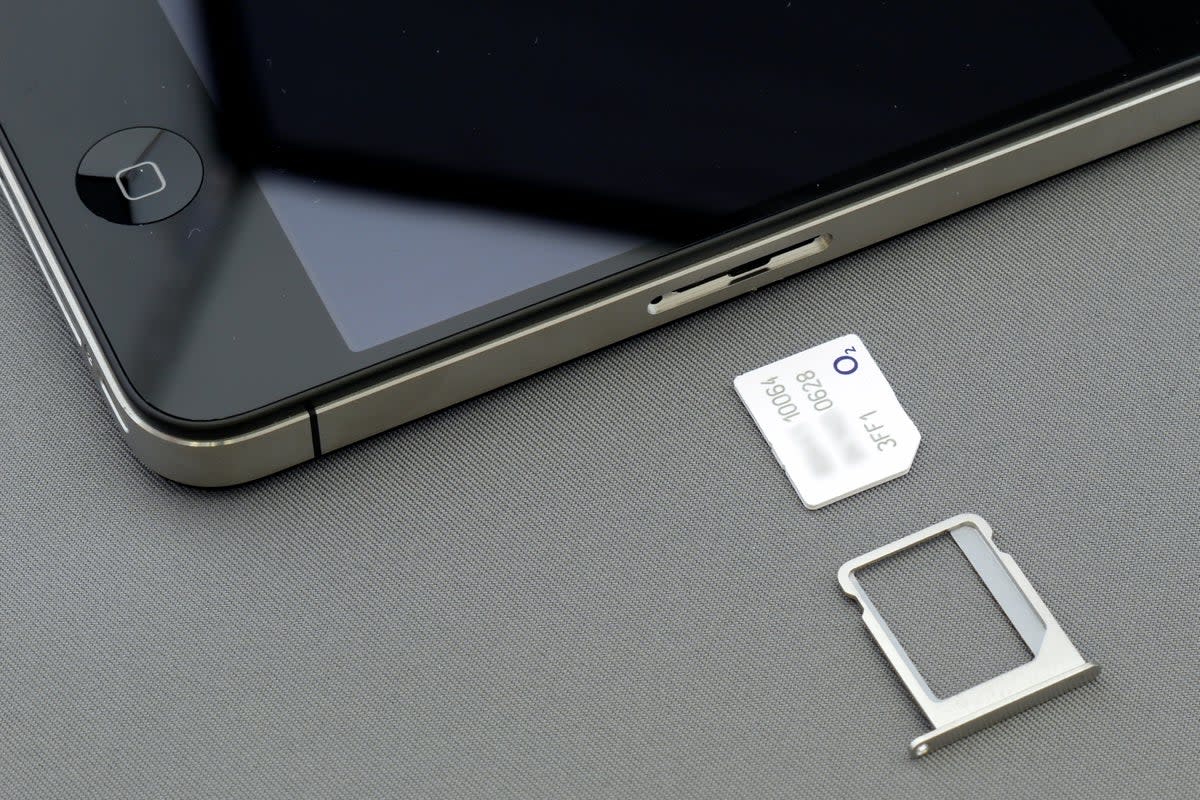Should you switch to an eSim as Apple starts phasing out physical SIM cards?

The conventional SIM cards inside our smartphones are being replaced by embedded SIMs, or eSIMs.
These tiny chips are built into the smartphone and are around 60 times smaller than standard plastic SIM cards.
When you buy an eSIM phone, you can use your phone network’s app, or a QR code, to add a phone number automatically on your new handset.
One call to your carrier is supposedly enough to switch an existing hardware SIM to an eSIM.
Will smartphone owners be forced to use an eSIM?
These new types of SIM are found on premium handsets. They are typically alongside conventional ones in what is known as a dual-SIM arrangement so you have the choice.
Apple has removed physical SIMs entirely on iPhone 14 models sold in the US and prompts others to adopt the optional eSIM during setup. This is the direction of travel but we’ve not arrived.
Why are eSIMs better than conventional ones?
One mooted benefit is the reduction in plastic waste and pollution, which is no small thing, given that there now are more SIM cards in circulation than people on the planet.
They also promise convenience by making it easier to move between devices or create phone lines. This technology is also said to benefit smart city infrastructure. Analysts at Juniper Research believe that smart street lighting sensors will account for 88% of eSIMS by 2025. This is because each of these lights must be connected to a network and eSIM makes that easier.
What are the problems with eSIM?
Not every network has fully embraced eSIMs. While most major UK carriers do now offer them, setup is inconsistent and network tech support forums are full of requests for help.
“Confusion still reigns at the retail level,” said GlobalData analyst Anisha Bhatia in September.
Consumers trying to set their phones up with eSIM tend to report problems, including incompatible QR codes or issues trying to shift phone numbers between phones.
Some networks fail to offer in-store eSIM help and people have reported the farcical situation where their phone number gets cut off while they’re on a call to do this with tech support.
Which people should be wary of eSIMS?
If you’re the kind of person who tends to lose, break or regularly swap phones, you have another challenge. The eSIM activation relies on a single-use code, which means you must contact your network carrier each time you want to re-download the profile for another device.
This is improved by Apple’s iOS 16, which lets you swap eSIMs between devices using Bluetooth, or at least it will when carriers support it. Right now it’s a drawback.
How to use an eSIM when you travel
In the past, you’d simply slip a local SIM card into your phone to make calls at local rates. As international call costs increase and roaming costs are affected by Brexit, the challenge of going all-in on getting an eSIM is that these virtual cards aren’t available everywhere yet.
That’s fine if you’re a Brit – as we still have SIM card trays on smartphones and can use these instead. However, for US-based iPhone 14 users, it’s a problem.
One solution is to purchase eSIMs for other countries in advance, another is the use of international pre-paid data-providers such as GigSky, Airalo or Truphone. Good smartphones can carry several installed eSIM accounts, with up to two active at any time, helping you stay in touch.
Should you upgrade to eSIM?
There are pros and cons to moving to eSIM. The benefits of lower waste and near-instant setup (because you don’t need to wait for a physical card) plus the convenience of being able to support multiple lines on one device don’t yet balance the challenge of navigating inconsistent approaches of the networks.
What does the future look like for eSIMs?
This situation should improve soon, not least because when Apple champions a technology, its adoption speeds up.
The bottom line is that while there are problems that still need to be sorted out to make eSIMs easier to use than conventional cards, the future comes at us fast and we can only hope these gremlins will be resolved before eSIM-only smartphones hit the UK.

 Yahoo News
Yahoo News 
